The new AI tool lets doctors quickly outline anatomical structures, streamlining medical imaging:
MIT and Harvard developed AI-powered ScribblePrompt, which segments medical images in seconds and reduces annotation time by 28%.
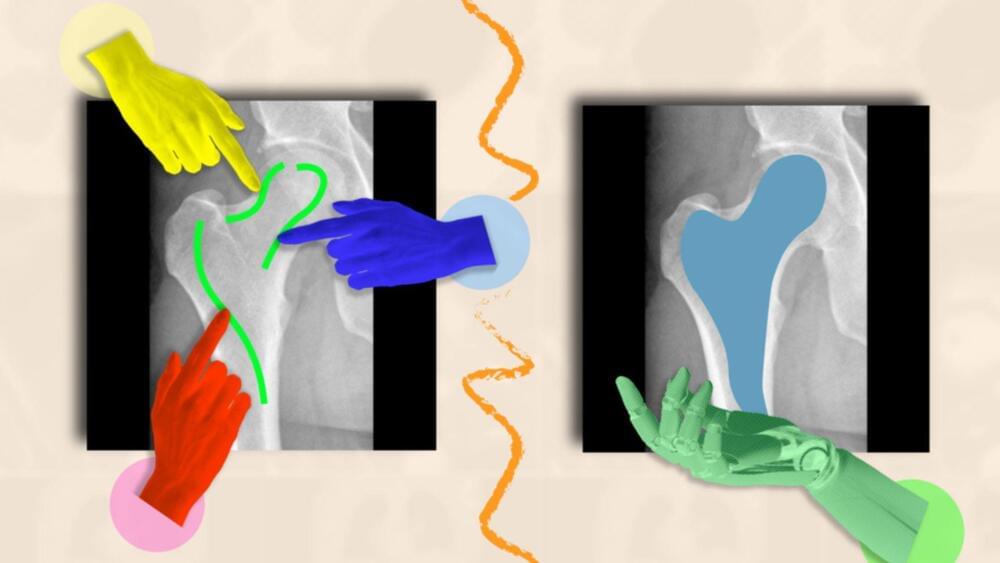

The Biden-Harris administration is blocking the next flight of Starship which is critical for accomplishing the promised Moon landing and later Mars landing. SpaceX has prepared a lengthy document where they detail their endless attempts to be allowed to fly again.
SpaceX designs, manufactures and launches advanced rockets and spacecraft.
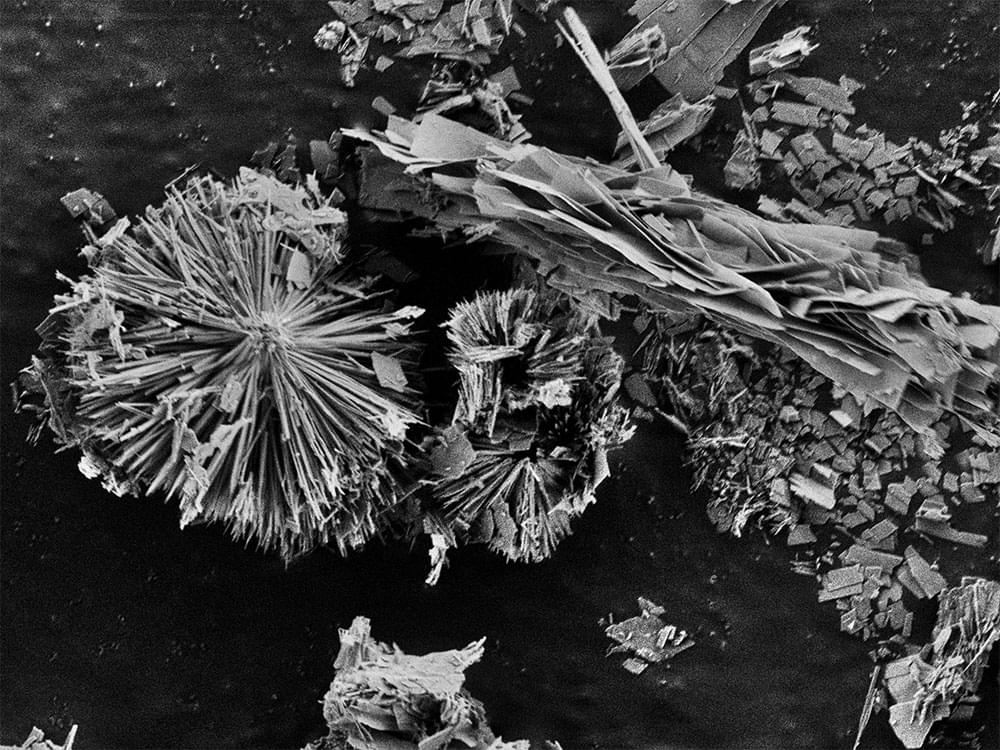
The MXene class of materials has many talents. An international team led by HZB chemist Michelle Browne has now demonstrated that MXenes, properly functionalised, are excellent catalysts for the oxygen evolution reaction in electrolytic water splitting. They are more stable and efficient than the best metal oxide catalysts currently available. The team is now extensively characterising these MXene catalysts for water splitting at the Berlin X-ray source BESSY II and Soleil Synchrotron in France.
The findings have been published in Journal of Materials Chemistry A (“Enhancing the Oxygen Evolution Reaction activity of CuCo based Hydroxides with V 2 CTx MXene”).
The surface of a vanadium carbide MXene has been examined by Scanning Electron Microscopy. The beautiful structures are built by cobalt copper hydroxide molecules. (Image: B. Schmiedecke, HZB)
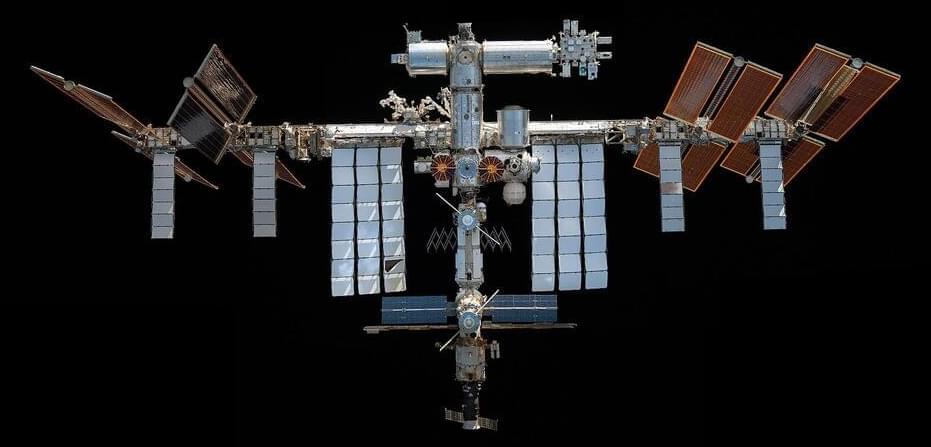
“This selection underscores WFIRM’s commitment to pushing the boundaries of scientific research and finding innovative solutions to some of the world’s most challenging health issues,” said Dr. Anthony Atala.
How can microgravity help advance cancer research? This is what an upcoming grant-awarded project sponsored by the International Space Station (ISS) National Lab hopes to address as a team of researchers from the Wake Forest Institute for Regenerative Medicine (WFIRM) have been selected to send samples to the ISS with the goal of observing how microgravity influences cancer growth and their responses to treatment. This project holds the potential to help scientists and cancer researchers develop new methods for combating cancer here on Earth.
“Being selected for this project is an incredible honor and opportunity for our team at WFIRM,” said Dr. Shay Soker, who is the project lead and a professor in the Wake Forest University School of Medicine. “The microgravity environment of the ISS provides a unique setting to study cancer in ways that are not possible on Earth. This research has the potential to unlock new understandings of cancer behavior and lead to more effective treatments.”
For the project, astronauts onboard the ISS will monitor organoids, which are lab-grown organs produced from colorectal cancer patient cells, and how the cancer cells within these organoids respond to microgravity and the treatment designed to reduce their growth and spread. The ISS has a rich history of promoting scientific innovation and discovery using the unique environment of microgravity, as more than 3,000 scientific experiments have been conducted onboard the ISS since its first module launched into orbit in 1999.
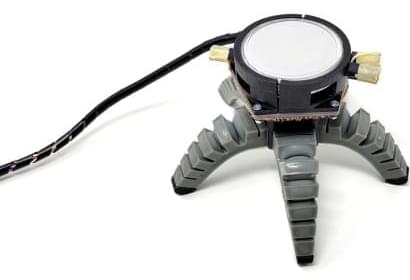
Building a robot takes time, technical skill, the right materials – and sometimes, a little fungus.
In creating a pair of new robots, Cornell researchers cultivated an unlikely component, one found not in the lab but on the forest floor: fungal mycelia. By harnessing mycelia’s innate electrical signals, the researchers discovered a new way of controlling “biohybrid” robots that can potentially react to their environment better than their purely synthetic counterparts.
The team’s paper, “Sensorimotor Control of Robots Mediated by Electrophysiological Measurements of Fungal Mycelia,” published Aug. 28 in Science Robotics. The lead author is Anand Mishra, a research associate in the Organic Robotics Lab led by Rob Shepherd, professor of mechanical and aerospace engineering in Cornell Engineering, and the paper’s senior author.
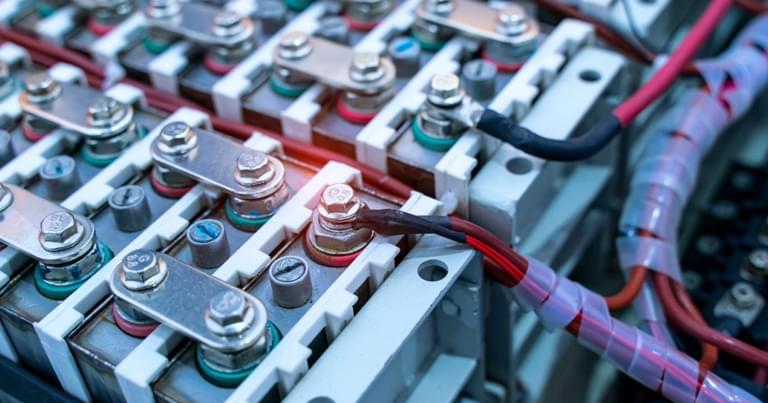


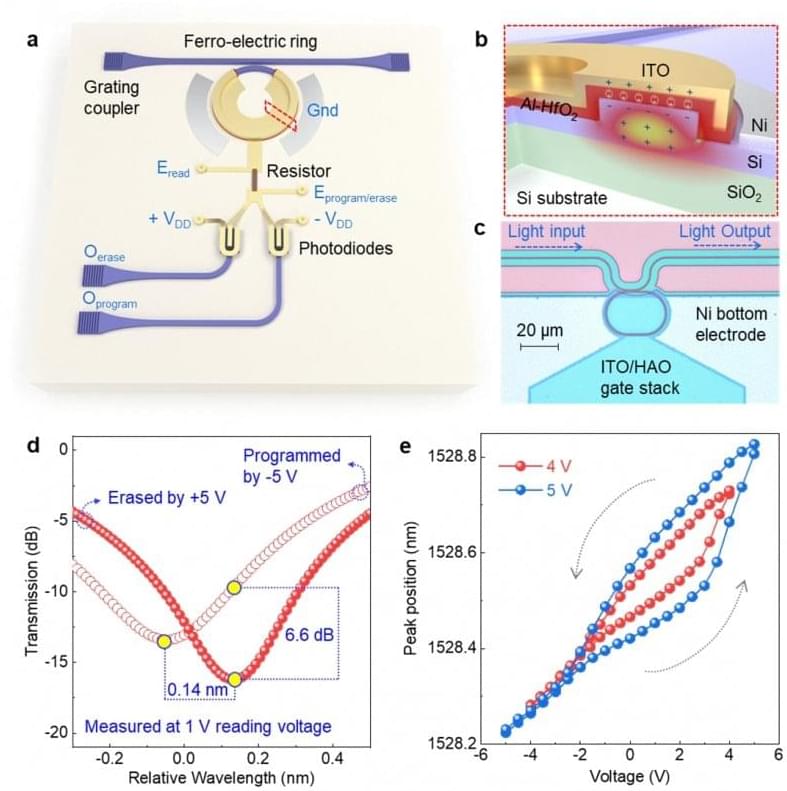
An international research team, led by Professor Gong Xiao from the National University of Singapore, has achieved a groundbreaking advancement in photonic-electronic integration. Their work, published in Light: Science & Applications (“Thin film ferroelectric photonic-electronic memory”), features Postdoc Zhang Gong and PhD student Chen Yue as co-first authors. They developed a non-volatile photonic-electronic memory chip utilizing a micro-ring resonator integrated with thin-film ferroelectric material.
This innovation successfully addresses the challenge of dual-mode operation in non-volatile memory, offering compatibility with silicon-based semiconductor processes for large-scale integration. The chip operates with low voltage, boasts a large memory window, high endurance, and multi-level storage capabilities. This breakthrough is poised to accelerate the development of next-generation photonic-electronic systems, with significant applications in optical interconnects, high-speed data communication, and neuromorphic computing.
As big data and AI grow, traditional computers struggle with large-scale tasks. Photonic computing offers potential, but interfacing with electronic chips is challenging. Current storage can’t handle dual-mode operations, and OEO conversion adds losses and delays. A non-volatile memory for efficient data exchange between photonic and electronic chips is essential.
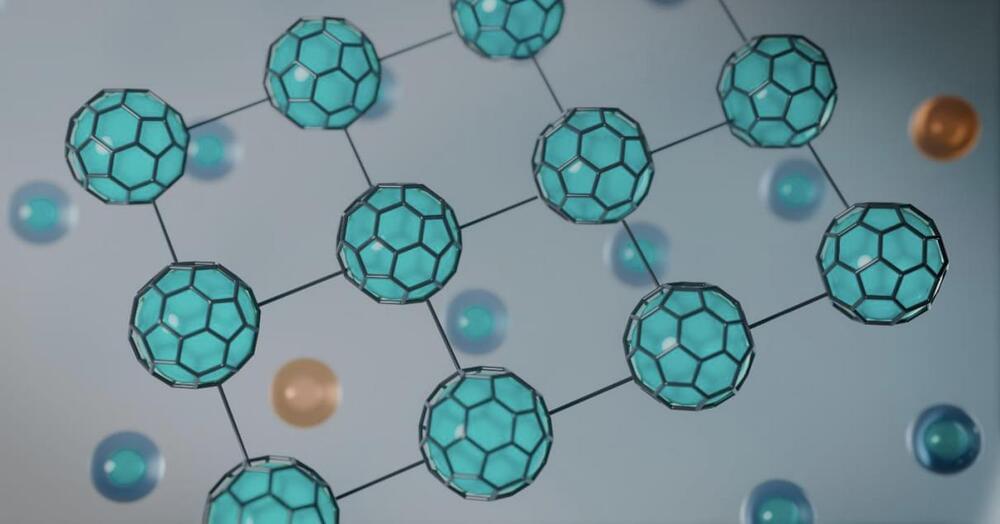
According to Zander, the company’s recent work builds on a blockbuster advance that Microsoft and Quantinuum announced in the spring.
Zander writes: “In April, we announced that we’re entering the next phase for solving meaningful problems with reliable quantum computers by demonstrating the most reliable logical qubits with an error rate 800x better than physical qubits.” He adds, “In less than six months, our improved qubit-virtualization system tripled reliable logical qubit counts.”
The advance goes to the heart of a primary challenge in quantum computing today: the unreliability of physical qubits, which are prone to errors due to their highly sensitive nature. Microsoft addressed this issue by creating logical qubits, which are collections of physical qubits working together to correct errors and maintain coherence.